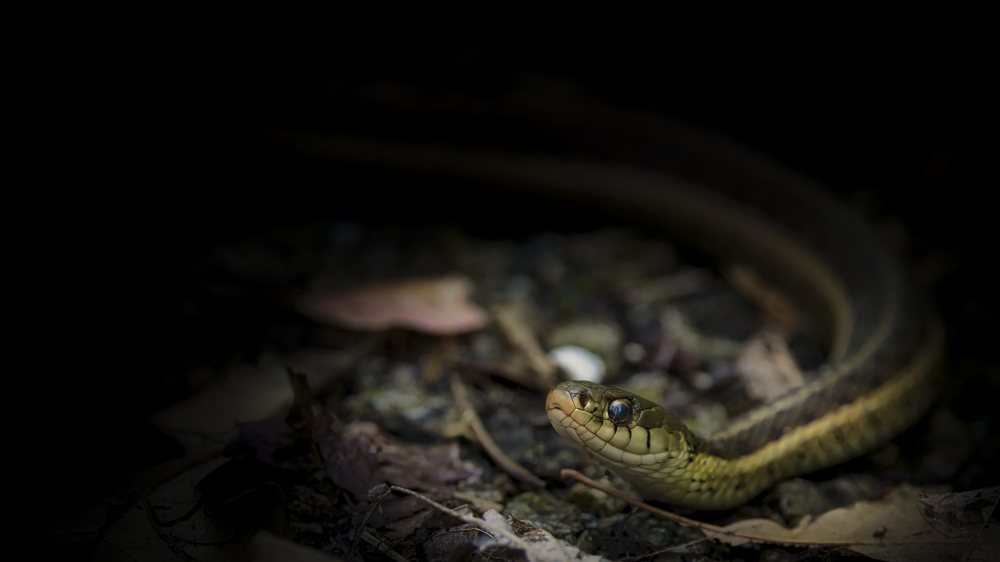
House Sparrow
(Passer domesticus)
The House Sparrow (Passer domesticus) is a small bird species that is native to Europe, Asia, and North Africa. It is also one of the most widely distributed and successful bird species in the world due to its adaptability and ability to thrive in human-altered environments. Here are some key facts about the House Sparrow:
Appearance:
Adult male House Sparrows have a distinctive appearance. They are about 5.5-6.3 inches (14-16 cm) in length and have a stout body. The males have a gray crown, black throat, and chestnut-colored nape. Their wings and back are brown, and their underparts are pale gray. The females are slightly smaller and have a duller plumage with streaks on their back and underparts. Both males and females have a short, conical bill.
Habitat:
House Sparrows are highly adaptable and can be found in a wide range of habitats, including urban, suburban, and rural areas. They have a close association with humans and are commonly seen in residential areas, parks, gardens, farmlands, and even industrial areas. They often build their nests in buildings, nest boxes, and tree cavities.
Behavior:
These sparrows are social birds that usually form small flocks. They are known for their characteristic chirping and chirruping calls. House Sparrows are opportunistic feeders and have a varied diet. They primarily feed on seeds, grains, and plant matter, but they also consume insects, fruits, and scraps of human food. They are often seen foraging on the ground or in shrubs and trees.
Reproduction:
House Sparrows have a high reproductive rate and can breed throughout the year, although breeding activity is most common during the spring and summer. They build their nests in cavities, such as holes in buildings, walls, or tree crevices. The nests are typically constructed by the female and are made of grass, twigs, feathers, and other materials. A clutch usually consists of 4-6 eggs, which are pale blue or white with brown speckles. Both parents participate in incubating the eggs and raising the young.
Range:
House Sparrows were introduced to various parts of the world, including North America, South America, Australia, and New Zealand. Their populations have become established and expanded in these areas. The House Sparrow is not migratory and tends to stay in its local area as long as there is suitable habitat and food available.
Conservation Status:
Although House Sparrows are abundant and widespread in many regions, their populations have been declining in some areas, particularly in parts of Europe. The reasons for the decline are not fully understood but are likely due to a combination of factors, including changes in agricultural practices, habitat loss, and competition with other bird species. However, overall, the House Sparrow is not currently considered globally threatened.
The House Sparrow's ability to adapt to various environments and its close association with human settlements have made it a familiar and easily recognizable bird species in many parts of the world.
